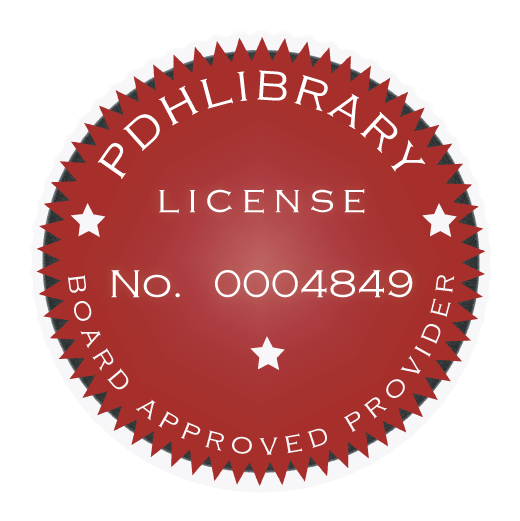Course Summary
This second course in the series of America's Greatest Projects reveals the intricacies involved with developing and implementing a project of national as well as worldwide importance. This project describes in detail the path that the volunteer scientists and engineers followed to achieve an outcome that thwarted insane rulers in both Germany and Japan. This course traces the events leading up to the actual dropping of two atomic bombs on Japan to finally end World War II. The efforts of the many individual scientists and engineers, who were aided and supervised by key military personnel, became a subject of controversy even to this day.1. The Manhattan Project
A. Early Events
B. The United States Plan
C. U. S. Race to Completion
D. Result/Summary
Introduction and Learning Objectives
This project may be considered by some Americans to be a research project, and in many ways it was. But an engineer or a military person would see it from a different perspective. Without the support of individual engineers and without the vision and wisdom of our scientists and military leaders, this project could not have achieved the success that it did and the world might have been changed forever.The first part of this course focuses on the war-mongering efforts of the Germans and the Japanese to change the world's balance of power. The second part of this course describes in great detail the efforts of the many volunteer scientists and engineers, under the supervision of a proven military leader, to do something that many skeptics thought could not be done. This project emphasizes the tenacity and wisdom of key people in the military as well as in the private sector who combined their considerable talents to complete such an enormous project when the stakes were so high.
Course Objectives
1. Understand the enormous pressure that confronted the military, scientists, and engineers.2. Learn how engineers, working with physicists and other scientists, coped with an unknown technology and very few references.
3. Once again acknowledge the role that federal government officials (including the military) played in the approval and development of one of the world's most well-known projects.
4. Discover how leadership played such a major factor in one of the most significant projects in history.
5. Follow the strategies used by the civilian and military project managers to get the results they desired.
6. Envision the techniques used by engineers and project managers despite an occasional lack of communications and limited research experience.

